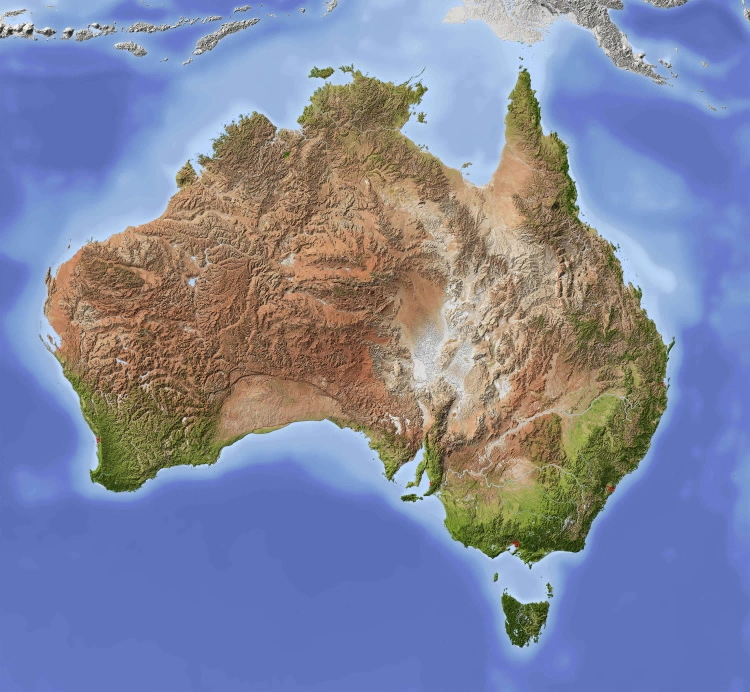Many of us are now dressed head to toe in plastic.
A textile derived from the same non-renewable source as takeaway containers, has grown to make up more than half of the clothes bought in Australia.
Polyester is durable, cheap, and dries quickly. It’s also easy to print patterns on.
It’s commonly used by itself or as a blend with other textiles. It’s used for gym clothes and sports uniforms, party dresses, work attire, and many cheap fast fashion items.
And every purchase is taking an environmental toll.
One Australian study by RMIT found a single 100 per cent polyester T-shirt has a carbon footprint — from creation through to when you dump it in the bin — equivalent to 20.56 kilograms of CO2 emissions (CO2e).
That’s equivalent to driving 140 kilometres. Buy just six tops, and that gets you all the way from Melbourne to Sydney.
So, what’s involved in getting a T-shirt from a fossil fuel, to the one you might be wearing right now? Here’s its journey along the supply chain.


Excuse me what?! Does the average Australian buy an item of clothing more than once a week?
I doubt our family of four between us would purchase 56 items of clothing in a year. Maybe in the 40’s (10ish items each)?
Clearly the statistics include fast fashion georg
Maybe it’s socks.
Seriously, I doubt I’ve bought 56 new garments over the last decade. If you include the clothes that I already owned as of 10 years ago, I have probably owned less than 3 years worth of garments over the last decade. It’s not that I couldn’t afford it, it’s just…I don’t know why I would throw away perfectly good clothes?
Maybe that is a household figure or something? Or maybe it’s actually the total across the entire country divided by the population, which would include many pieces of clothing companies buy, not individuals?
And here I am contemplating if I should throw my 18 year old singlet out as it’s a bit ratty on the neckline now.
I’m very confused by this statistic
It would be interesting to know if returns were taken into account as well. I know these days certain brands will not only delivery the clothes you purchased to you, they will come and collect the clothes you decide you don’t like. These clothes are sometimes repurposed but often just thrown out as well. The below article discussed this. I can remember seeing an article more specific to Aus a while back but this is the best I can find for now.
https://www.theguardian.com/global-development/2023/mar/31/what-happens-when-we-send-back-unwanted-clothes
Edit: spelling and grammar